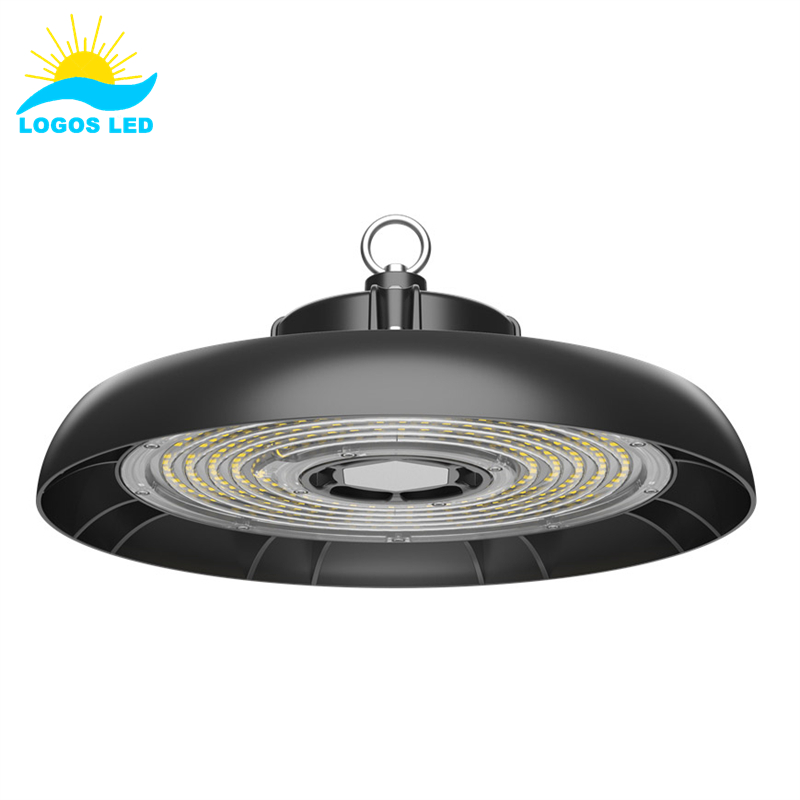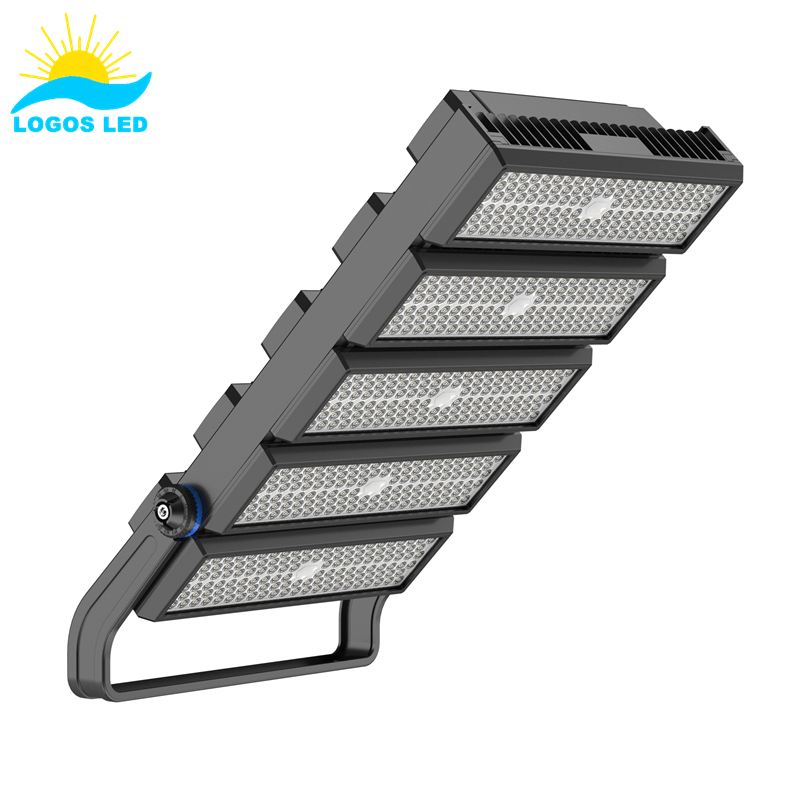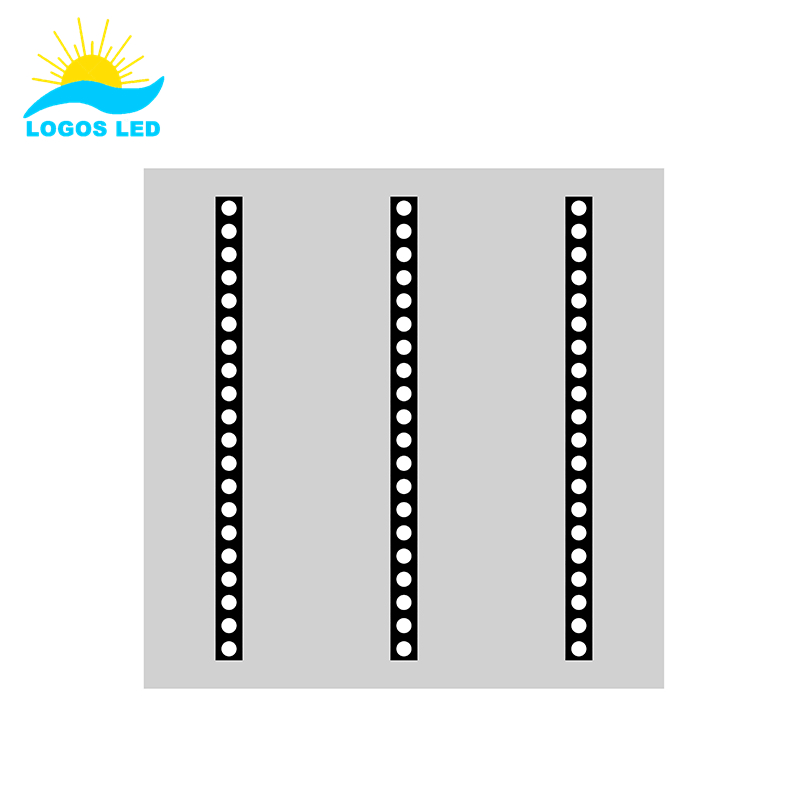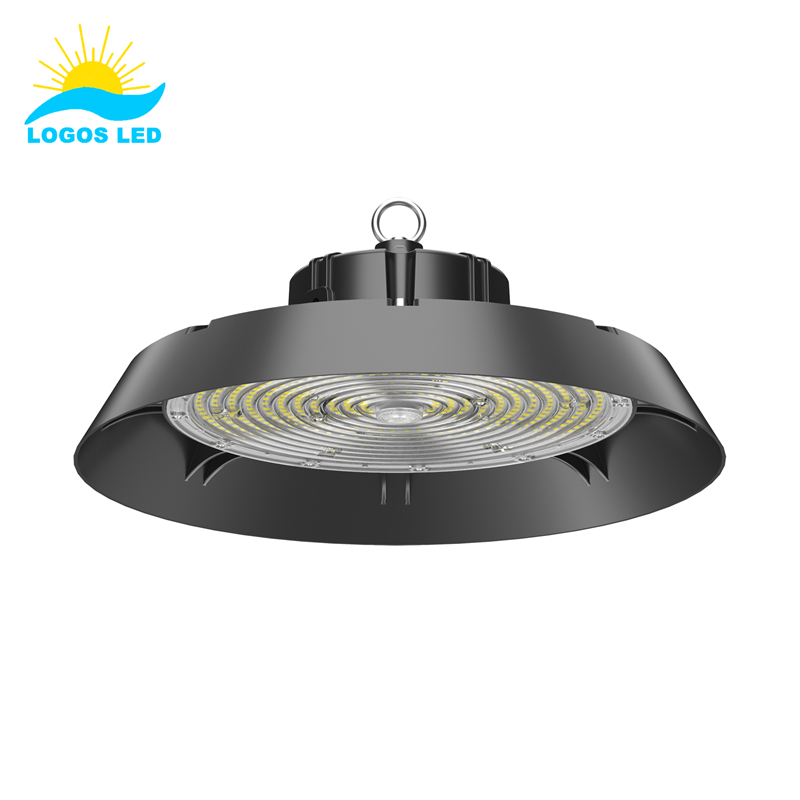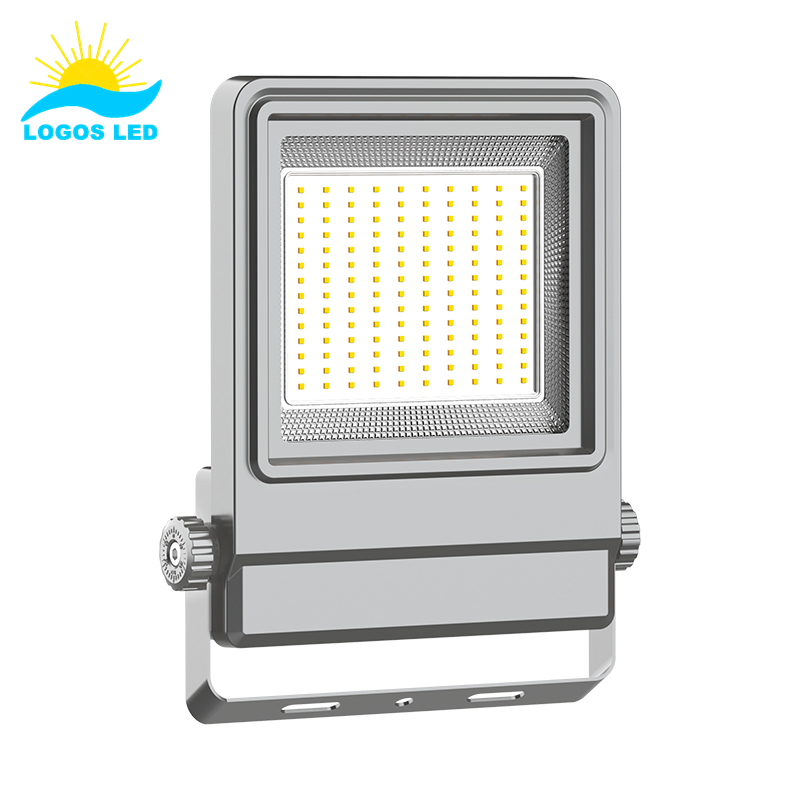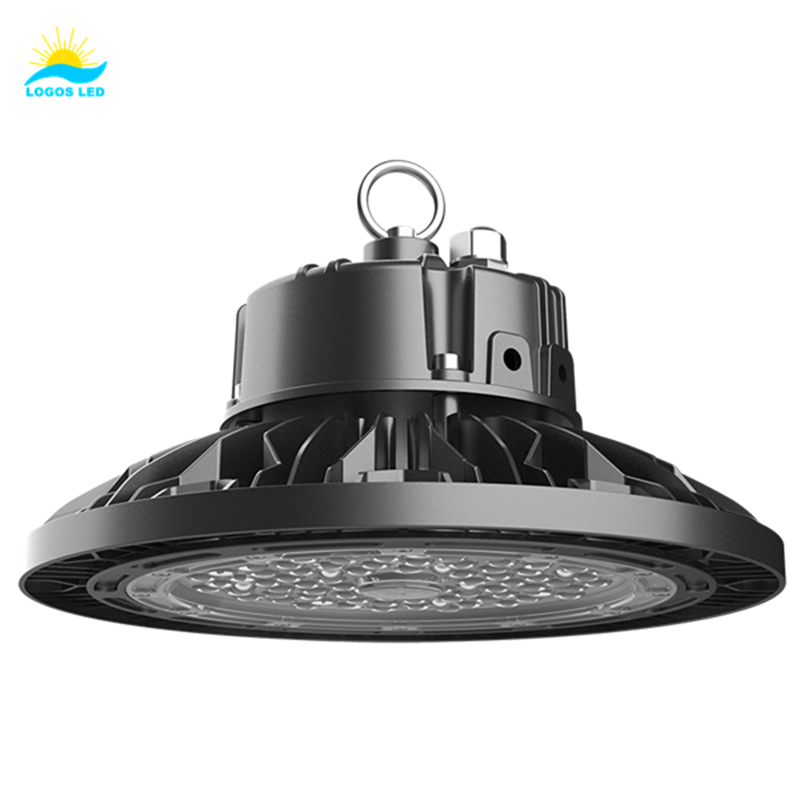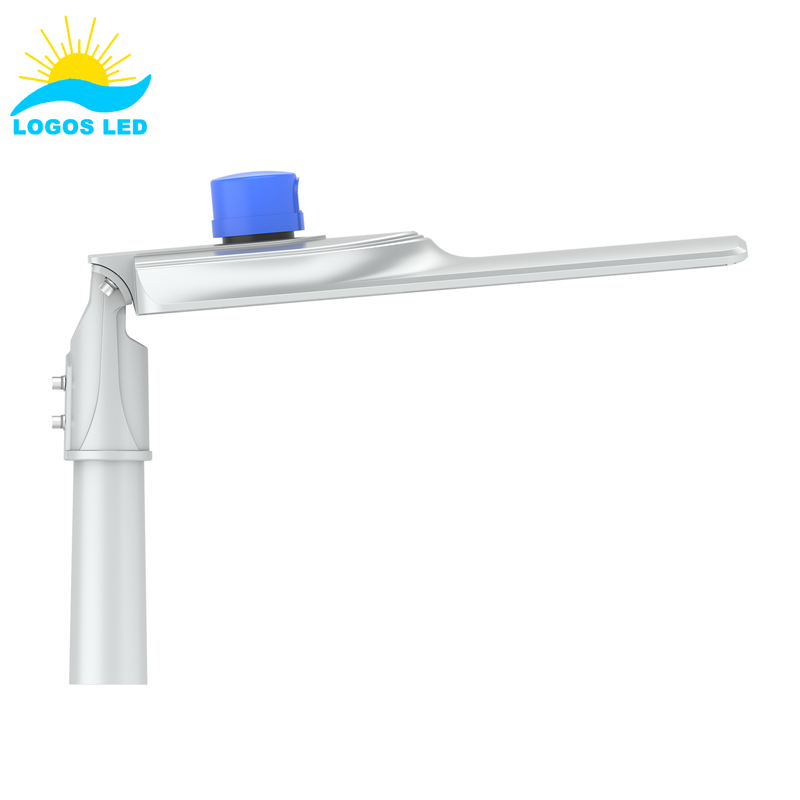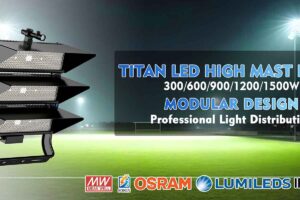Choosing the wrong street lighting can lead to poor visibility, higher energy expenses, and more maintenance. These issues can negatively affect both safety and operational efficiency. Upgrading to LED street lights provides an energy-efficient, long-lasting solution that reduces costs while improving illumination in streets and public spaces.
LED street lights are a modern alternative to traditional street lighting, such as high-pressure sodium and metal halide lamps. Using light-emitting diodes (LEDs), these lights offer bright, uniform light while consuming far less energy. LEDs are known for their efficiency, durability, and environmental benefits, making them a top choice for cities, towns, and industrial facilities. Whether lighting highways, residential streets, or parks, LED street lights enhance visibility, safety, and help lower operational costs.
Read on to discover everything you need to know about LED street lights and how they can transform your outdoor lighting.
Table of Contents
What Is an LED Street Light?
An LED street light is a modern fixture designed to light up outdoor spaces like roads, pathways, and public areas. Unlike traditional streetlights that use incandescent or high-pressure sodium lamps, LED street lights use light-emitting diodes (LEDs) as their light source. This cutting-edge technology provides brighter, more consistent lighting while using much less energy.
Key Features of LED Street Lights:
- Energy Efficiency: LED street lights consume up to 70% less energy compared to traditional lighting systems, making them cost-effective and environmentally friendly.
- Long Lifespan: Typically lasting between 50,000 to 100,000 hours, LED street lights need fewer replacements, reducing maintenance costs.
- Superior Light Quality: These lights provide clear, glare-free illumination with great color rendering, ensuring better visibility and safety.
- Durability: Built with strong materials like die-cast aluminum and high IP ratings, LED street lights can withstand harsh weather conditions and impacts.
- Smart Features: Many modern LED street lights can be integrated with smart systems, allowing for dimming, motion detection, and remote monitoring.
With these benefits, LED street lights are the top choice for municipalities, businesses, and industrial facilities looking to improve outdoor lighting while reducing operational costs and their environmental footprint.
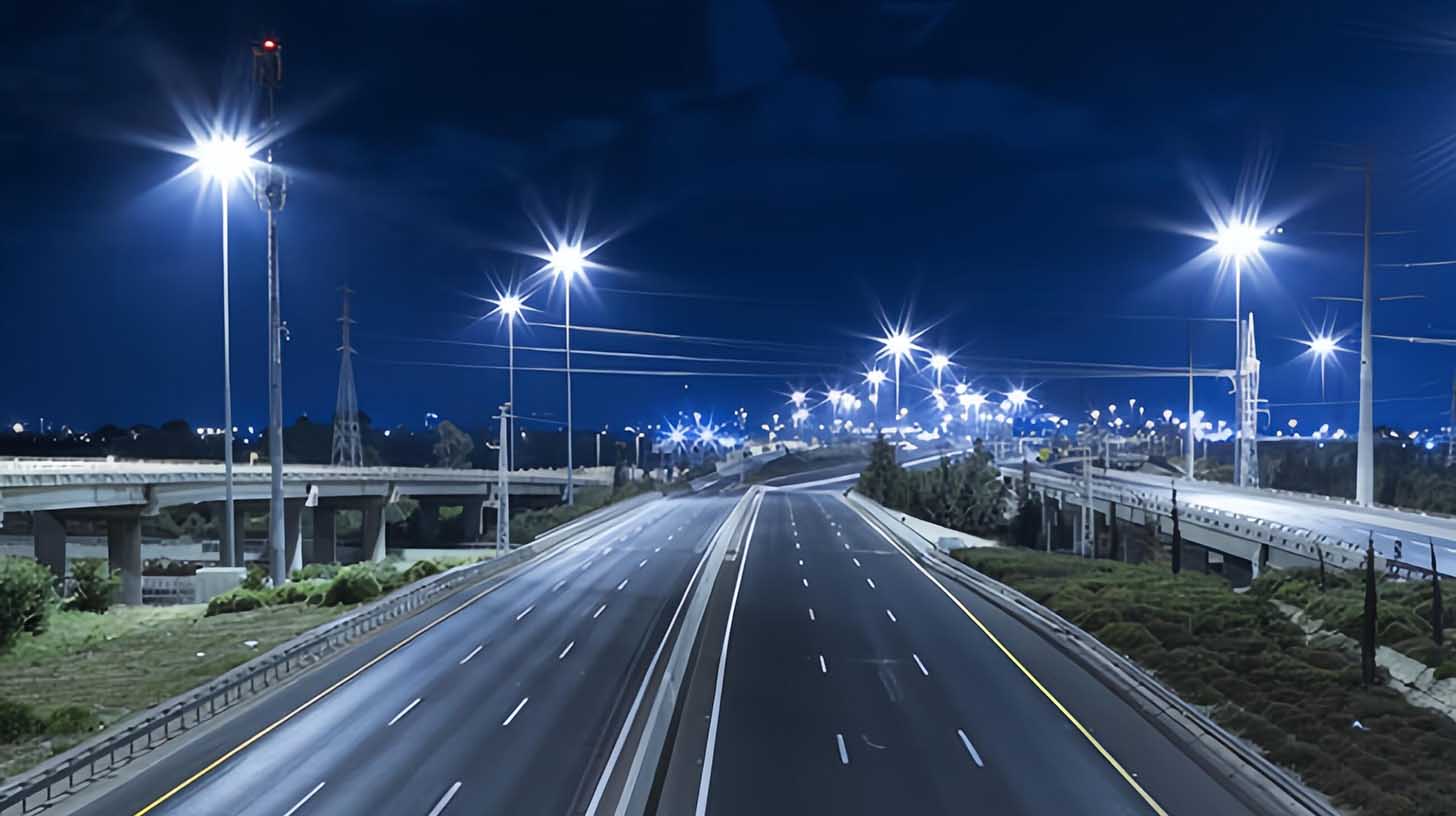
Different Types of LED Street Lights
LED street lights come in various designs, each suited for different applications. Here are some of the most common types:
Cobra-Head Street Light
The cobra-head street light, with its curved arm and housing, is one of the most recognizable designs. Ideal for highways, major roads, and intersections, it provides wide, uniform light distribution and high lumen output for excellent visibility.
Shoebox LED Street Light
Shoebox lights have a rectangular, flat design, making them perfect for parking lots, commercial areas, and wide streets. They provide efficient, focused illumination with minimal light spill, making them a popular choice for outdoor lighting.
Post Top LED Street Light
Post-top LED street lights are decorative fixtures often used in parks, pathways, and residential areas. Combining functionality with aesthetic appeal, they enhance the visual atmosphere of outdoor spaces, offering both traditional and contemporary designs.
High Mast Street Light
Mounted on tall poles, high mast street lights are used for large-scale lighting applications like stadiums, fields, and industrial complexes. Their powerful illumination covers large areas, ensuring visibility and safety in high-traffic settings.
Floodlight
LED floodlights are versatile fixtures used for focused illumination. While they are mainly used for security or event lighting, they are also effective in street lighting where targeted light is needed, such as at intersections or building exteriors.
Bollard LED Street Lights
Bollard lights are low-mounted fixtures, often used along pathways, in gardens, and parks. These lights provide subtle illumination that improves safety and visibility while adding a stylish touch to the landscape.
Solar LED Street Lights
Solar-powered LED street lights offer a sustainable and cost-effective lighting solution. Equipped with solar panels, batteries, and LEDs, these lights function independently of the grid, making them ideal for remote areas or environmentally conscious projects.
Each type of LED street light is designed for specific lighting needs, ensuring energy efficiency, durability, and optimal illumination for various environments.
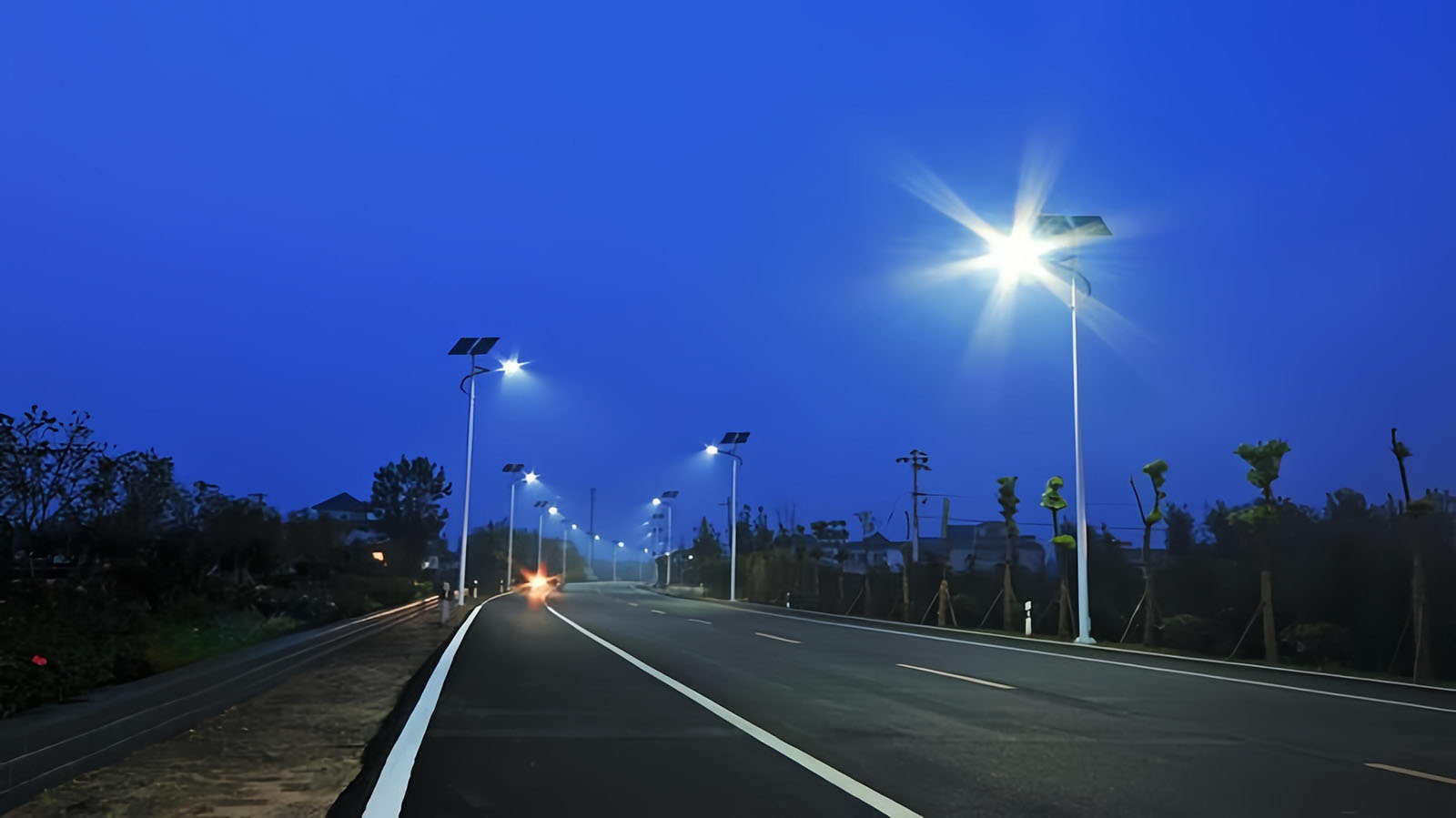
LED vs. Traditional Street Lights
LED street lights and traditional street lights differ in terms of technology, performance, and environmental impact. Here’s a side-by-side comparison:
1. Energy Efficiency
- LED Street Lights: Use up to 70% less energy, which helps lower electricity costs while maintaining bright, clear illumination.
- Traditional Street Lights: Consume more energy, with high-pressure sodium (HPS) and metal halide lamps being especially inefficient in converting electricity into light.
2. Lifespan
- LED Street Lights: Last between 50,000 to 100,000 hours, reducing the need for frequent replacements and lowering maintenance costs.
- Traditional Street Lights: Typically last 10,000 to 25,000 hours, requiring more frequent replacements and leading to higher maintenance costs.
3. Light Quality
- LED Street Lights: Provide bright, uniform light with excellent color rendering (CRI), enhancing visibility and safety with minimal glare.
- Traditional Street Lights: Emit yellowish or orange light (like sodium vapor lamps) or a harsh white light (like metal halide lamps), and have poor CRI, affecting visibility.
4. Environmental Impact
- LED Street Lights: Eco-friendly, with no hazardous materials like mercury, and lower CO₂ emissions due to reduced energy use.
- Traditional Street Lights: Contain harmful substances like mercury and produce a higher carbon footprint due to greater energy consumption.
5. Cost
- LED Street Lights: Higher upfront cost, but the energy savings and reduced maintenance make them more economical in the long run.
- Traditional Street Lights: Lower initial cost, but higher operational and maintenance expenses over time.
6. Smart Features
- LED Street Lights: Can be integrated with smart systems for features like dimming, motion detection, and remote control, improving energy management.
- Traditional Street Lights: Lack smart capabilities, limiting their functionality and efficiency.
Summary
Switching to LED street lights provides major advantages in energy efficiency, longevity, and light quality. While traditional lights may be cheaper at first, the long-term benefits of LEDs make them the superior choice for modern street lighting.
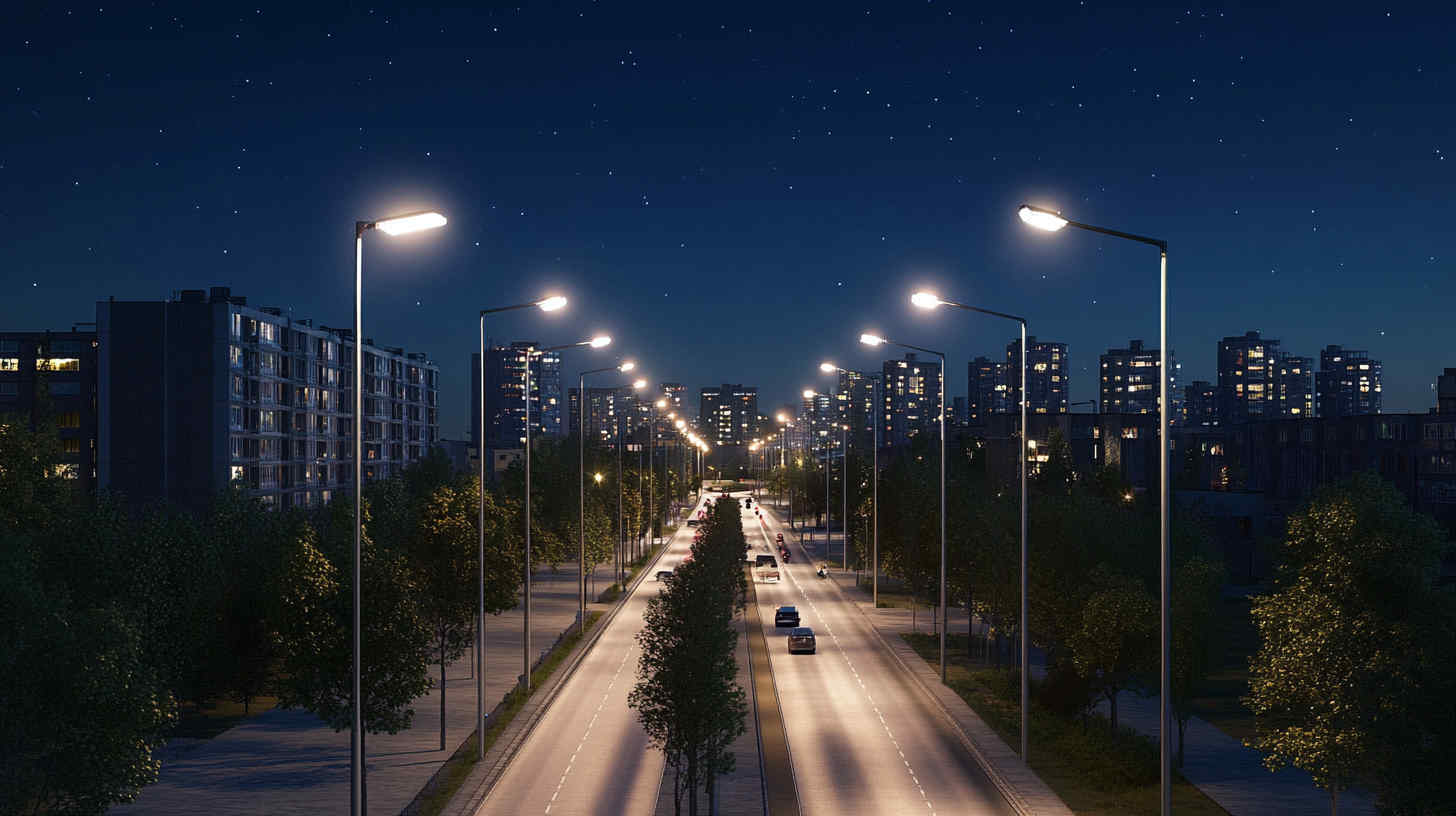
Key Factors to Consider Before Buying LED Street Lights
Choosing the right LED street light is essential for effective, durable, and cost-efficient outdoor lighting. Here are the key factors to consider:
1. Wattage and Lumens
- Wattage: Choose the right wattage based on the area’s size and lighting needs. Higher wattage provides brighter light but uses more power.
- Lumens: Pay attention to lumen output rather than wattage. LEDs offer high lumens per watt, providing bright and energy-efficient lighting.
2. Color Temperature
- 3000K (Warm White): Best for residential areas and pathways.
- 4000K-5000K (Neutral White): Ideal for streets, highways, and parking lots, providing a daylight-like glow.
- 6000K (Cool White): Suited for industrial areas requiring higher brightness.
3. Ingress Protection (IP) Rating
- Make sure the LED street light has a high IP rating (e.g., IP65 or higher) to protect it from water, dust, and harsh weather, especially for outdoor installations.
4. Material and Build Quality
- Choose fixtures made from durable materials like die-cast aluminum, which resist corrosion and ensure longevity.
5. Optics and Beam Angle
- Consider optics and beam angles that distribute light evenly, preventing glare and dark spots. Proper optics enhance visibility and reduce light pollution.
6. Energy Efficiency
- Look for energy-efficient LED street lights with high lumens per watt to minimize electricity costs and provide long-term savings.
7. Smart Features
- Features like motion sensors, dimming, and IoT integration enable better energy control and operational management, making them ideal for modern urban settings.
8. Certification and Compliance
- Ensure the product meets international standards and certifications like CE, RoHS, UL, or DLC for safety, quality, and energy efficiency.
9. Warranty and After-Sales Support
- A strong warranty reflects confidence in the product’s durability, and reliable after-sales support ensures fast solutions for maintenance.
10. Cost and ROI
- Although LED street lights have a higher initial cost, they offer significant long-term savings through lower energy consumption, maintenance, and longer lifespan.
By keeping these factors in mind, you can choose LED street lights that offer excellent performance, energy efficiency, and durability for your outdoor lighting needs.
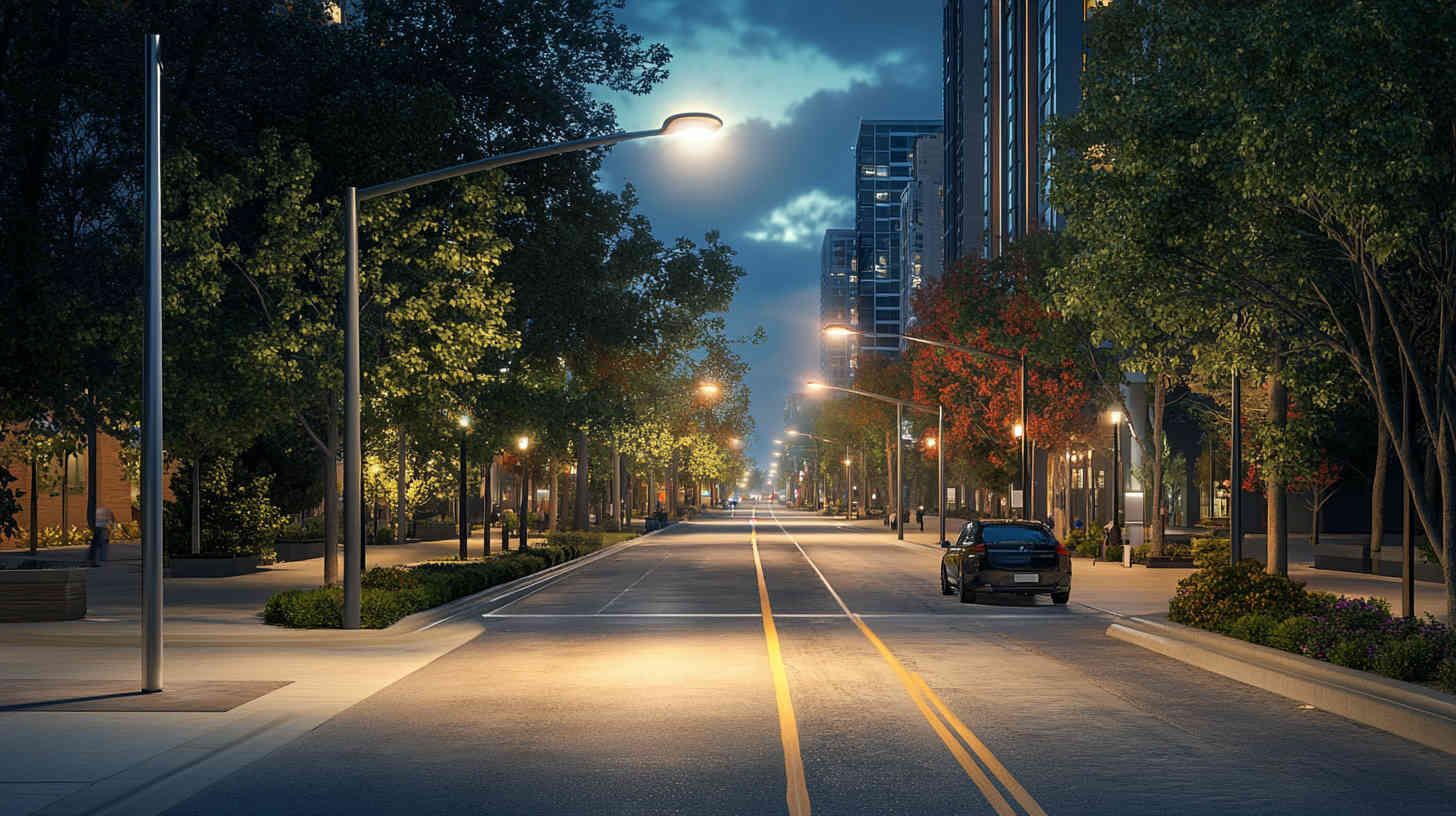
LED Street Light Distributions
LED street light distributions describe how light is spread from the fixture to cover specific areas. The distribution pattern ensures optimal illumination while minimizing light waste, glare, and light pollution. Here are the five primary types of light distributions used in LED street lighting:
1. Type I Distribution
- Characteristics: Narrow, symmetrical pattern, with light evenly distributed on both sides of the fixture.
- Applications: Ideal for walkways, bike paths, and narrow streets with low to moderate mounting heights.
- Advantages: Provides even lighting along linear paths, eliminating dark spots.
2. Type II Distribution
- Characteristics: Slightly wider light pattern that extends along the roadway.
- Applications: Great for smaller roads, alleys, and wide walkways.
- Advantages: Improves visibility for drivers and pedestrians on moderately wide paths.
3. Type III Distribution
- Characteristics: Designed for wider illumination, covering large areas.
- Applications
: Perfect for larger roads, highways, and parking lots.
- Advantages: Provides high intensity and wide coverage, reducing the need for many fixtures.
4. Type IV Distribution
- Characteristics: Asymmetrical light distribution for specific areas or features.
- Applications: Used for intersections, corner lighting, and street corners.
- Advantages: Ensures concentrated lighting for improved visibility at key points.
5. Type V Distribution
- Characteristics: Uniform all-around distribution, providing a circular or square light pattern.
- Applications: Best for large open areas like sports fields, parks, and plazas.
- Advantages: Offers complete coverage of wide open spaces, reducing the need for multiple fixtures.
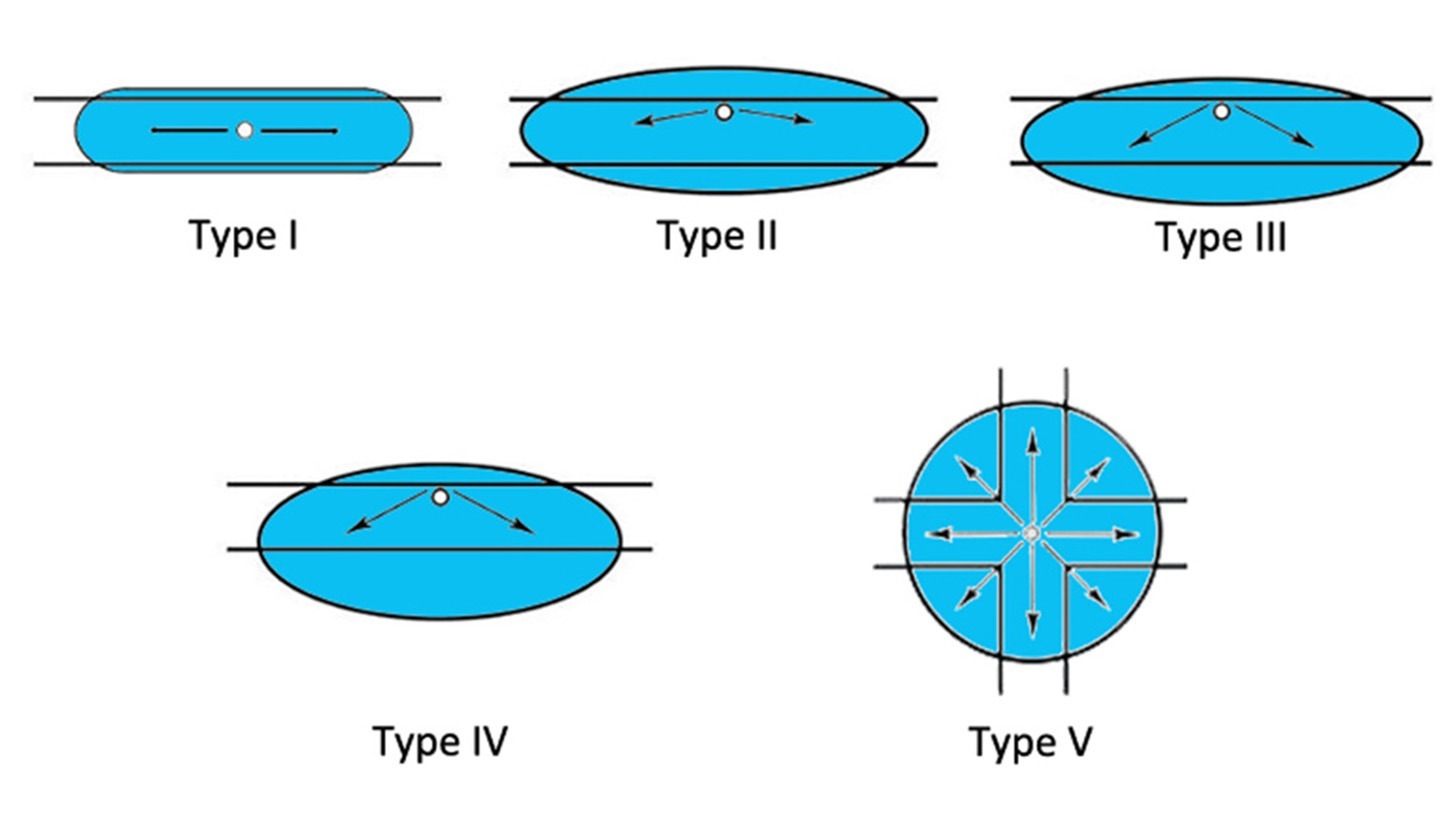
IESNA Light Distribution Types
Selecting the Right Light Distribution
When choosing LED street lights, consider a few key factors:
- Road Width: Narrow paths may require Type I or II, while broader roads benefit from Type III or IV.
- Mounting Height: For higher installations, Type V or VS offers wider coverage.
- Lighting Goals: To minimize light pollution, go for designs with precise cutoff angles, like Type IV.
By selecting the right distribution, LED street lights ensure efficient, effective illumination, enhancing visibility, safety, and energy savings. For more on this, check out: What Are Light Distribution Types I, II, III, IV, V?
LED Street Light Price
The price of LED street lights can vary depending on factors such as wattage, features, materials, and brand. While LED street lights tend to have a higher initial cost compared to traditional streetlights, they provide significant savings over time due to their energy efficiency, low maintenance, and long lifespan.
Key Factors Affecting LED Street Light Price
- Wattage and Lumens
The wattage or lumen output typically determines the price. For instance:
- A 30W LED street light is ideal for smaller areas and is more budget-friendly.
- A 150W LED street light for highways or industrial zones will cost more due to its higher output.
- Features
Smart features like motion sensors, dimming options, or IoT connectivity raise the price but offer improved efficiency and control. - Material and Build Quality
Premium materials, like die-cast aluminum and top-tier LED chips (e.g., Lumileds, Osram), boost durability and performance, impacting the price. - Solar Integration
Solar-powered LED street lights come at a higher initial cost but eliminate electricity bills and work great in remote locations.
Average Price Range
- Basic LED Street Lights: $50–$100 per unit (ideal for residential streets and pathways).
- Mid-Range LED Street Lights: $100–$300 per unit (common for highways, commercial areas, and parking lots).
- Smart or Solar LED Street Lights: $300–$1,000+ per unit (equipped with smart features or solar technology).
Return on Investment
While LED street lights might cost more upfront, their long lifespan (50,000–100,000 hours), reduced energy consumption (up to 70% less than traditional lights), and low maintenance costs lead to significant savings over time.
Investing in high-quality LED street lights from trusted brands like Logos Lighting ensures a perfect balance of price and performance for your outdoor lighting needs.
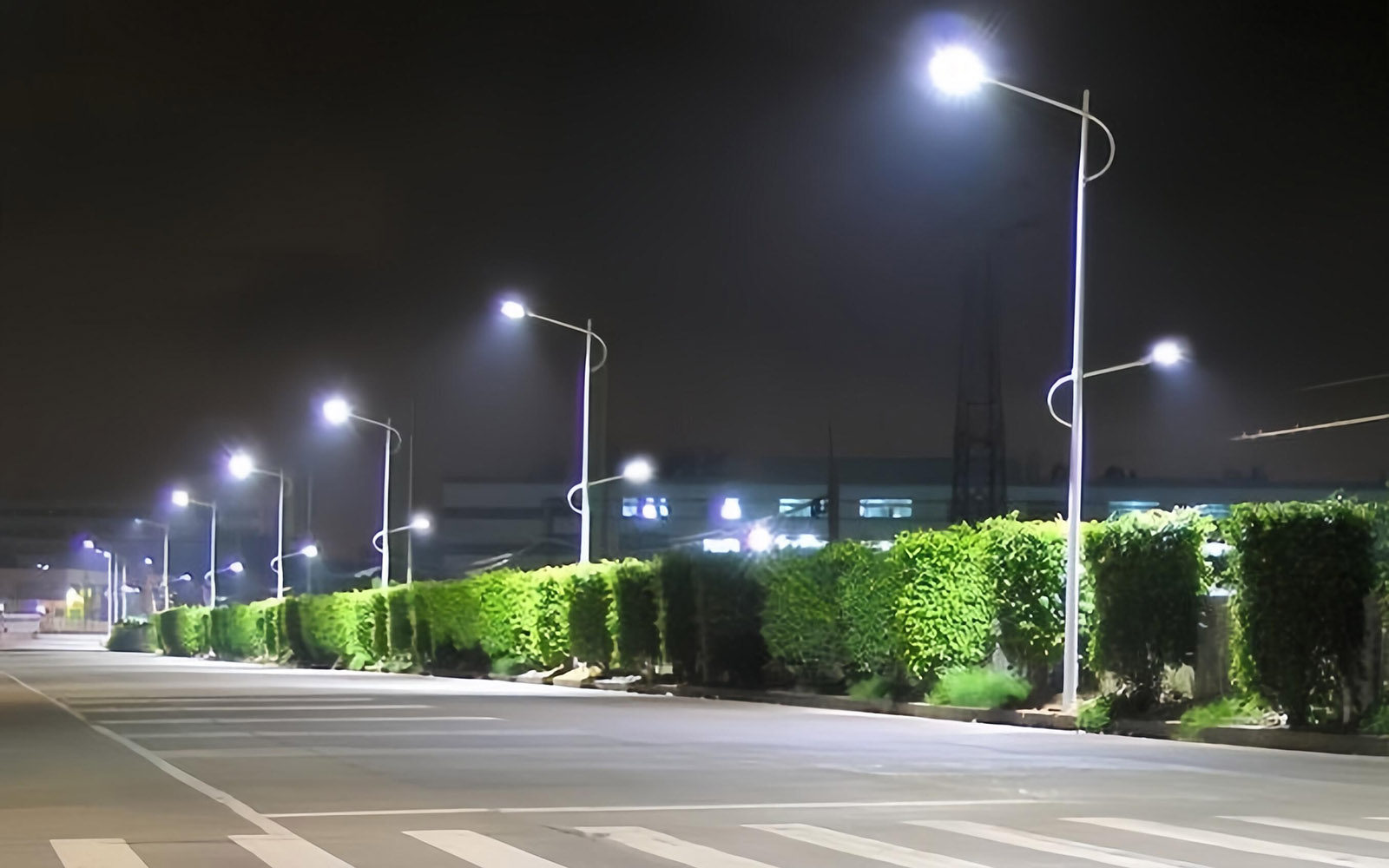
Applications of LED Street Light
LED street lights are highly versatile, energy-efficient, and ideal for various outdoor lighting applications. Their durability and superior illumination ensure safety and visibility across different settings.
1. Urban Streets and Highways
- Provide bright, uniform illumination for roads, enhancing visibility for drivers and pedestrians.
- Improve traffic safety by making signs and lane markings clearer.
- Commonly used in cities, highways, and intersections for better road safety.
2. Residential Areas
- Light up pathways, sidewalks, and streets, boosting security and comfort.
- Help prevent tripping hazards and improve safety in poorly lit areas.
- Available in warmer color temperatures for a welcoming ambiance.
3. Parking Lots and Garages
- Offer consistent lighting for parking lots and garages, ensuring safety for pedestrians and vehicles.
- Reduce theft and vandalism incidents with improved visibility.
4. Industrial Complexes
- Used in factories, warehouses, and logistics centers for outdoor and perimeter lighting.
- High-power LED street lights provide ample brightness for large operations.
5. Parks and Public Spaces
- Enhance the look and functionality of parks, plazas, and recreational areas.
- Light up walking trails and picnic areas for safety and usability at night.
6. Commercial Areas
- Installed around shopping malls, retail centers, and office complexes for efficient, uniform lighting.
- Draw customers with well-lit surroundings while keeping the space safe.
7. Educational and Institutional Campuses
- Illuminate pathways, entrances, and parking areas at schools, colleges, and universities.
- Improve security for students and staff, especially during early mornings or late evenings.
8. Remote and Off-Grid Areas
- Solar-powered LED street lights are perfect for rural or remote locations without electricity access.
- Provide sustainable, reliable lighting for developing regions.
9. Event Spaces and Stadiums
- High-mast LED street lights are used to light large outdoor venues, such as stadiums and event spaces.
- Provide powerful illumination over vast areas, ensuring safety during events.
10. Coastal and Marine Areas
- Corrosion-resistant LED street lights work well in coastal towns and ports.
- Built to withstand harsh weather, including salt spray and high humidity.
The adaptability of LED street lights makes them essential for numerous outdoor applications. From urban streets to industrial zones and public spaces, their energy efficiency and performance meet diverse lighting needs while minimizing environmental impact.
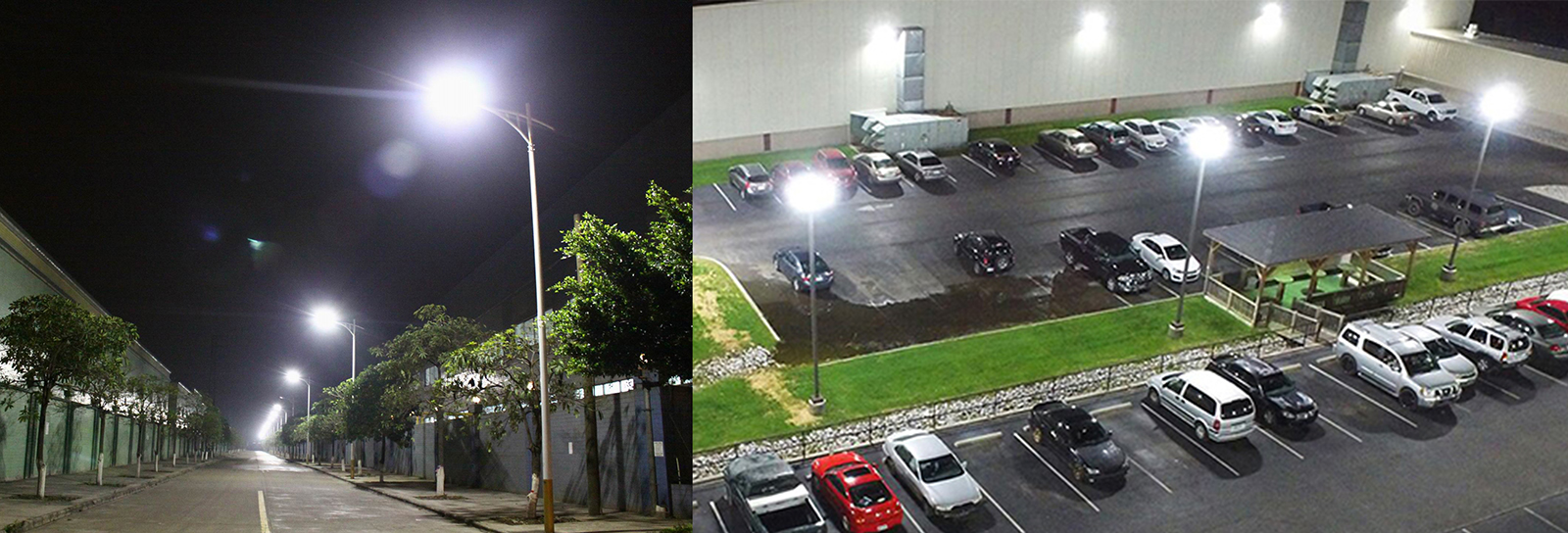
How to Install LED Street Lights?
Installing LED street lights involves several steps:
- Site Preparation: Ensure the poles and foundations are secure.
- Mounting: Attach the LED fixture to the pole or structure.
- Electrical Connections: Connect the fixture to the power supply with proper wiring.
- Testing: Check the illumination and adjust the angle for optimal light distribution.
For safety and efficiency, it’s best to hire professional electricians for the installation.

How to Create LED Street Lights with Smart Control
Smart LED streetlights are powered by IoT technology, offering better control and performance. Some key features include:
– Remote Monitoring: You can keep track of performance and energy usage from a centralized system.
– Dimming Options: Adjust the brightness based on traffic flow or time of day.
– Motion Sensors: Lights turn on when motion is detected, saving energy.
– Real-Time Alerts: Get instant notifications for maintenance needs.
Adding smart controls not only boosts energy efficiency but also makes managing street lighting more convenient.
Why Choose LED Streetlights?
LED streetlights come with plenty of benefits:
– Energy Efficiency: They consume far less power than traditional lighting.
– Long Life: Their durability lowers maintenance costs.
– Eco-Friendly: LEDs are free of harmful chemicals and help reduce carbon emissions.
– Better Light Quality: They offer even, glare-free illumination.
– Smart Features: Remote control and monitoring improve overall efficiency.
These perks make LED lights the top choice for modern street lighting.
How Long Do LED Streetlights Last?
LED streetlights typically last between 50,000 and 100,000 hours, depending on quality and usage conditions. With this long lifespan, replacements and maintenance become less frequent, leading to cost savings. LEDs like the ones in Logos Lighting’s streetlights are built to provide reliable performance for many years.
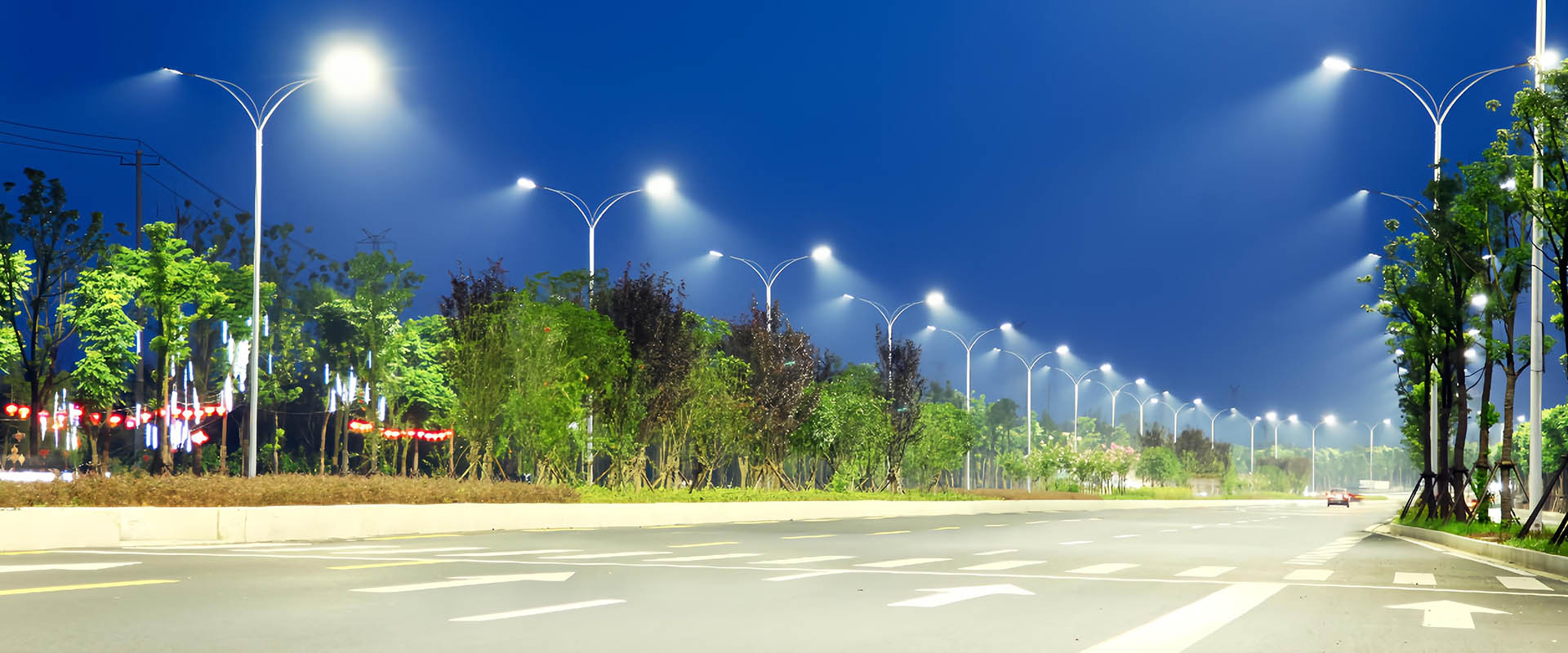
What Type of LED Is Used in Street Lights?
Various LED types are used in streetlights, each suited for different needs. The most common types include SMD 2835, SMD 3030, SMD 5050, and COB LEDs. Here’s a breakdown:
1. SMD 2835 (Surface-Mounted Device)
- Features: Compact and efficient, generating less heat.
- Uses: Ideal for residential streets and low-power lighting.
- Benefits: Offers energy savings, even light distribution, and affordability.
2. SMD 3030
- Features: High-power LEDs with excellent brightness and heat dissipation.
- Uses: Perfect for highways, main roads, and industrial areas.
- Benefits: High lumen output, long lifespan, and great outdoor performance.
3. SMD 5050
- Features: Larger multi-chip LEDs that produce higher brightness.
- Uses: Best for streets, parking lots, and areas requiring strong lighting.
- Benefits: Bright light, better color rendering, and long-lasting.
4. COB (Chip-on-Board)
- Features: A single large LED chip with multiple diodes on one substrate.
- Uses: Ideal for high-mast lighting, stadiums, and large outdoor areas.
- Benefits: Strong light concentration and easy production.
With high-quality LEDs, modern streetlights provide reliable performance, energy efficiency, and optimal lighting for various outdoor settings.
Do LED Streetlights Cause Light Pollution?
LED streetlights are designed to reduce light pollution by controlling the light beam and using directional lighting. Unlike older streetlights, LEDs focus their light on specific areas, minimizing glare and excess light. By adhering to proper lighting design, LEDs help create safer and more sustainable outdoor spaces.
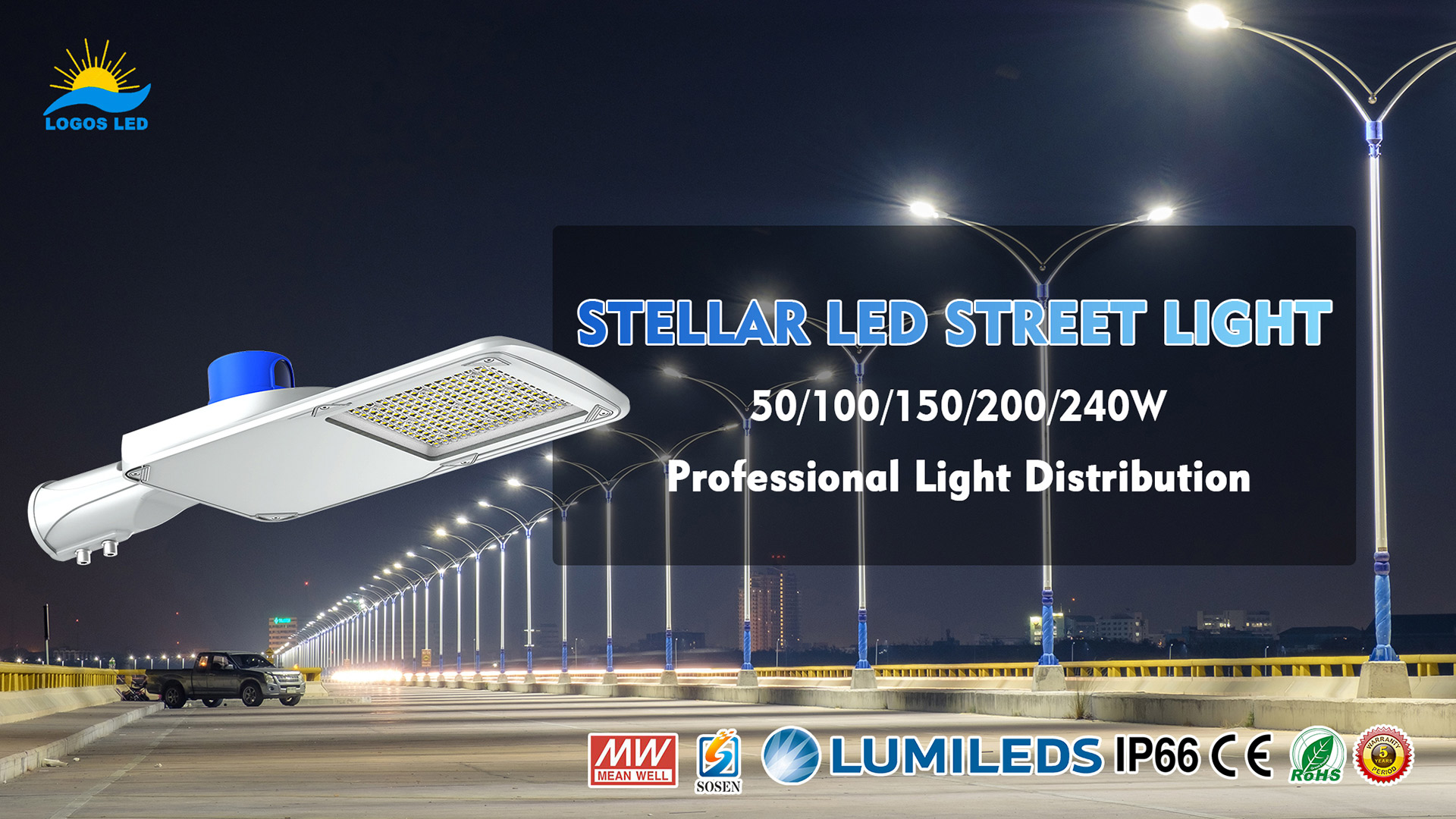
Conclusion
LED streetlights offer a winning combination of energy efficiency, durability, and smart features, transforming outdoor lighting. Whether for urban streets or industrial complexes, their versatility makes them the ideal choice. By following proper lighting design principles and choosing top-quality products like those from Logos Lighting, you can ensure reliable, eco-friendly illumination for any outdoor area.
If you need guidance on LED street lighting or have questions, feel free to reach out to us. Our team of experts is here to assist you.
Request A Free Quote Now!
Send us a message if you have any questions or request a quote. We will get back to you ASAP!



